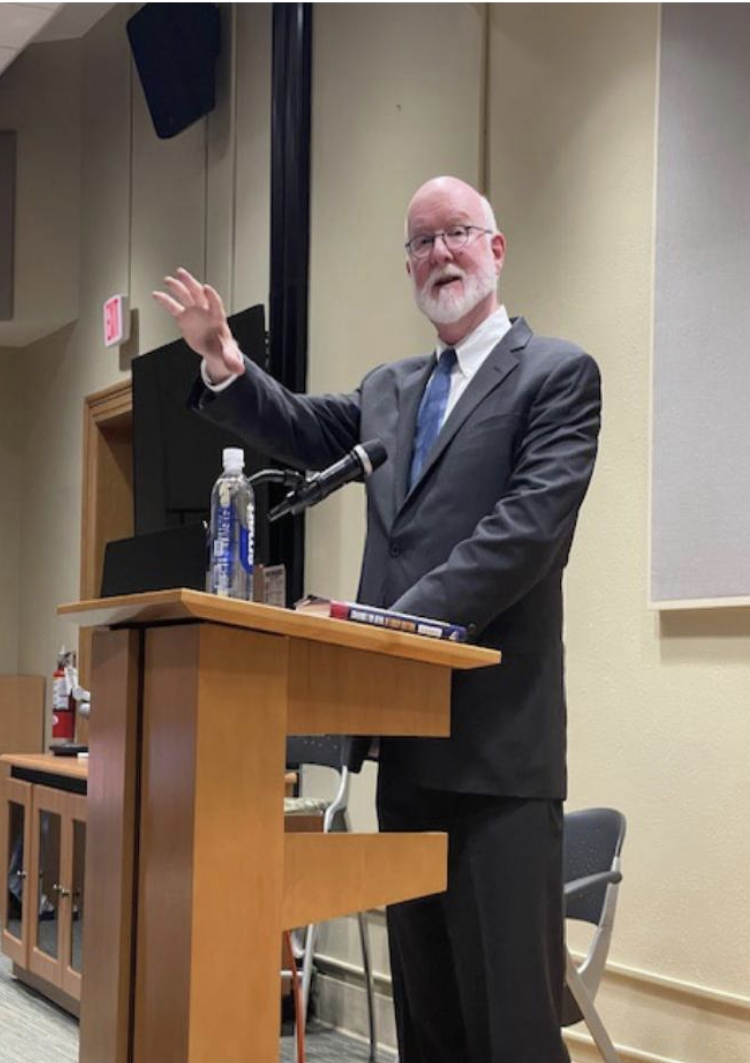Are you a Star Wars guy?”
That is the question that begins most ordinary discourse about film. Star Wars itself of course, is a microcosmic example, but the film marks a paradigm shift in how the public sees and consumes film, as did Jaws and Rocky (at least, according to Quentin Tarantino). The historic meaning of film (mostly) up until the release of these blockbusters was not to fill the box office or appeal to the simple desires of a mass audience. Films were made as an attempt to work through something. The viewer was more artistic assistant than raw consumer. One helped the film-maker refine his or her visual draft of a certain cultural idea. That same crucial assistance, surviving on the unspoken propinquity to the art itself, is nowadays siphoned into a corner of effete or elite taste.
The artistic partnership between creator and consumer reached its end around 1980, when the creative effulgence delivered through the New Hollywood films of the 1970s unwittingly portended an apogee of “difficult art,” to use a Greenbergian term.
Soon to be diffused by the emergence of the blockbuster, the filmic freedom of 70s auteurs like Friedkin, Coppola and Altman vanished as the big studios discovered that formulaic, almost demagogic films could boost profit exponentially. This ideological shift pivoted films away from essential truths toward hedonist fodder. Philosophical tinkering became a less-trying exercise of cataloguing fact.
This shift, in its fullest realization, brought about the naissance of “fanboy culture,” a wave of movie junkies who were not interested as much in the philosophical, visual or thematic arc of a film, but were invested in the minutia. A duel of recollection replaced the dialectic spirit in relation to the greater work of art. Owen Gleiberman, chief film critic for Variety, expounds this sentiment on the Bret Easton Ellis Podcast, when he says, of today’s myopic film culture, “geek culture…is this kind of encyclopedia culture. The fans are obsessed with the minutia of it. And yet, once the movies come out, when they’ve been out for about a year or so and you think back on it, most of these movies are not very good.” The films we relish are not of much inventive achievement, other than the fact that they create a universe distilled into a deluge of fact. Gleiberman continues, re these certain films: “They’re corporate products…And so what you have now, I think, is a generation that’s obsessed with corporate products, and the information that’s in them.” It is exemplative of an age of instant satisfaction and shortened attention that films who allow audiences to be clerks are the ones that flourish. The rabid secretary of our minds shuns, almost categorically, the delayed pleasure of analysis.
But this is not to say that culture died in 1980, it simply mutated into its current form. As the Hollywood studios shifted their motives towards profit, the popular view of movies shifted in kind. Our minds eek out a “profit” by achieving total factual recall. Gleiberman goes on to say, in contrast to this shift, of the film culture that he grew up in, that “there was something very pure about going to see those movies because they seemed real. I think what we were connecting to in those films like Rosemary’s Baby or The Boston Strangler or In Cold Blood or Midnight Cowboy [was] this certain truth that they are about.” Easton Ellis follows up and asks, “What are the kids connecting to today, and is it movies?” Gleiberman responds succinctly: “No.”
The “certain truth” of these films, I think, is the trenchancy of an artist attuned to the human condition. And these films do not exist only in the past tense. I can name any number I have seen in the last few years that took (and can still take) me through the progressions of emotion. They can evoke a contemplative stillness, visceral throes, and everything in the space between the extremes. It is this subtlety that has been lost in much of American cinema.
The sterilization and commercialization of art numbs us to nuance and forces us to consume raw something that is utterly synthetic. There are still people toiling away in the dim corners of the artistic world (some even do it in the glaring light of the commercial one), but the majority of us don’t wish to see their difficult creations. Culture is too impatient for experimental films laden with the beauty of invention. “Art films” are left for the obnoxious few. It is a sad but all too accepted notion; “culture” seems to be investing in its own death-drive.













